Hongkers & Peakin Out With Victoria
Thursday, January 19, 2012
 Hong Kong, China
Hong Kong, China
Hey Hey and a Big G'Day toya,
So, where does a little Aussie Roo from the Land Down Under take his Chinese Squeeze when they are visiting Hong Kong but staying in Kowloon….to Hong Kong Island of course…..I can’t believe you guessed 'Watching Shooting Ping Pong Balls in Thailand!
And what a fun filled day it was!
Without Ping Pong Balls!
So, if for some crazy reason you woke up hung over with no memory of how you got to Hong Kong but have a beautiful Chinese girl beside you and not a Thai Ladyboy, (yes this is the land of rice & noodles!) yet for some reason you still have your passport and can legally stay for a few days then hey, why not spent your first day on Hong Kong Island!
So after either the Hair of The Dog or a hand full of coffee beans, follow me!
The northern and southern sides of Hong Kong Island have totally different characters as the northern side is mostly urban jungle while much of the south remains surprisingly green and relatively underdeveloped. The centre of the island is a mountainous, jungle-clad protected area that makes for a handy place to escape. Almost ninety five percent of Hong Kongers are Cantonese speaking Chinese, though Mandarin is increasingly used, English is also widely spoken and the city’s excellent street signs are bilingual.
Western Market & Sheung Wan Fong
The Western Market, an Edwardian style building originally housing the waterfront Harbour Office when built in 1906, later became a food market before closing in 1988. Two years later, it was declared a historical monument, renovated and then re-opened in 1991 with themed shops. Next to it is a compass like piazza named Sheung Wan Fong, a convenient spot from which to set off on your voyage of discovery of the surrounding Sheung Wan area packed with its traditional trades and unique assortment of shops.
Ginseng & Birds Nest Street, Dried Seafood Street & Herbal Medicine Street
Wing Lok Street and Bonham Strand West are lined with specialty shops selling ginseng and bird’s nest and was previously known as Nam Pack Hong after the Nam Pack Hong Chamber of Commerce located there. Des Voeus Road West is packed with surprising varieties of exotic dried seafood available along with other rare and expensive items gathered from around the world. Those after herbal medicine, head to Ko Shing Street and you’ll find yourself amongst the wholesale centre of Hong Kong’s thriving herbal medicine trade.
Pak Sing Ancestral Hall
Originally a store room for bodies awaiting burial.
Hollywood Road (Antiques Street) & Upper Lascar Row (Cat Street)
Hong Kong’s art scene has been booming in recent years and many of the more exciting galleries have congregated in the streets of SoHo and NoHo. Hollywood Road which links Sheung Wan to Central along with the nearby Upper Lascar Row (often referred to as ‘Cat Street’) are famous for their curio and antiques shops.
Man Mo Temple
One of the first traditional style temples built during the colonial era, Man Mo Temple pays homage to the Taoist Gods of literature ‘Man’ and war ‘Mo’. The temple celebrates the deities of Kwan Yu, the righteous, red cheeked god of war named after a Han Dynasty soldier, and Man Cheung, the civil deity named after a Chinese scholar and statesman of the 3rd century. There is also a statue of Pau Kung, the god of justice, and another of Shing Wong, the god of the city. The plaques near the entrance give an interesting perspective on the history of the temple and its gods. The temples historical relics include a bronze bell dated 1847 and imperial sedan chairs made in 1862.
Shops in Hong Kong & Causeway Bay
It’s not the bargain destination it was but Hong Kong is crammed with retail space, making it a delight for shoppers. Bring a dustbin for all your bargains and a pair of sharp elbows to navigate through the crowd. Causeway Bay is Hong Kong’s prime piece of shopping real estate and you’ll find skyscrapers jammed with shops, department stores, malls and markets. Even for those who’d rather eat nails than be dragged around from dressing room to dressing room, the noise, neon lights and crowds make shopping after dark in Causeway Bay an atmospheric experience.
Shopping in Hong Kong is a lifestyle, a passion and an addiction and it's true to say its Hong Kongers favourite pass time. Evenings are often spent with friends trawling the shops, with a quick refill at a Dai Pai Dong in between, while window shopping seems to be an in-built trait with the locals. Shops are everywhere, packed into the classic areas like Causeway Bay and the markets in Mongkok and spread out everywhere in between..
SoHo & Lan Kwai Fong
Chinatowns around the world were created by the intrepid Cantonese and with them they brought their cuisine, making Chinese takeout one of the most popular foods in the western world. Hong Kong is the home to this food and just like all national cuisines it tastes better on home turf. The best place to refuel, for Cantonese food, or otherwise, is the deadly combination of SoHo and Lan Kwai Fong, both just above Central MTR and well signposted from the station and for a feed the brimming streets of SoHo are jam-packed with restaurants from every corner of the world, as well as people.
As the night wears on most inevitably find themselves gravitating towards the myriad of bars that make up Lan Kwai Fong; these are literally round the corner from SoHo. Lan Kwai Fong is where you’ll find Hong Kong cutting loose; dedicated drinking dens rub elbows with funky bars and chic night-clubs as Hong Kong pleasure seekers drink and dance into the wee hours.
The Mid Levels Escalator
At over eight hundred meters long, the Central & Mid Levels Escalator is the world’s longest covered escalator which links Des Voeus Road Central near the harbor to Conduit Road in the Mid Levels. A testament to the innovation, determination n downright laziness of your average Hong Konger. It whisks workers from their bedrooms in Mid Levels down the foot of the Peak almost 1km to Central in the morning, before delivering them back upstairs in the evening.
The Gas Lamps of Duddle Street
The wide stone steps of Duddle Street connect Ice House Street with Duddle Street and Queen’s Central Road. The lamps at the head and foot of the steps, built between 1875 and 1889, are the only four gas lamps remaining in Hong Kong.
St Joseph’s Church
St Joseph’s Church, built in 1871, has survived the onslaughts of the Second World War along with numerous typhoons.
The Helena May Building
The Helena May Building was built in 1914, officially opened in 1916 and was used as a hostel for women. During the Second World War, the building was occupied by Japanese troops and was re-opened in 1947 but not to the general public.
Victoria Peak Tram
The Peak Tram is arguably the most enduring emblem of Hong Kong’s unique past. It has seen war, been featured on films and television and played host to numerous dignitaries. In the early days (1880), most people were carried to and from The Peak by sedan chair, a frail bamboo chair supported by two strong coolies. It was the most popular, if not the most comfortable mode of transport.
In May of 1881, the enterprising Scotsman Alexander Findlay Smith devised a plan to speed up the development of new residence in The Peak districts with the introduction of a funicular railway that would connect Murray Barracks in Central to Victoria Gap.
On May 30, 1888, Governor Sir George Willion Des Voeus officiated at the inauguration of th e important transportation link for residents of The Peak. Since then, The Peak Tram has helped to shape the face of Hong Kong’s development.
Victoria Peak (The Peak)
Standing five hundred and fifty meters above sea level, Victoria Peak is the highest mountain on Hong Kong Island. It has been almost universally called simply ‘The Peak’ ever since Hong Kongers early days when it was used as a signaling post. As each incoming cargo ship came into sight, flags of the vessel’s owners wwere hoisted. A gun boomed out to herald the arrival of mail boats from all over the world.
The more privileged early residents soon found it the perfect retreat from Hong Kong’s scorching summer heat. Sir Richard MacDonnell, Governor of Hong Kong (1866 to 1872) was one of the first to build a summer home on the Peak taking advantage of the cooler air. Soon other wealthy residents followed suit. Many of them traversed up and down the steep peak paths by sedan chair, which were carried by theor personal staff of uniformed bearers. By 1883, some thirty to forty familes customary.y spent their summers on The Peak. From 1904, The Peak was designated an exclusive residential area reserved only for expatriates but this practice ended ion 1947.
From the earliest 19th century steamship brochures promising ‘all the mysteries of the east’, Hong Kong has been considered an exotic and alluring travel destination. Through generations of early brochures and guidebooks one can witness the way artists and photographers have portrayed the city and its many attractions.
St John’s Church
St John’s Cathedral is the oldest surviving Western ecclesiastical building in Hong Kong, built in 13th century gothic style and construction was completed in 1849.
Hong Kong City Trams
Sweeping across the north side of Hong Kong Island, the Hong Kong tram has been motoring Hong Kongers through the streets of the city for over one hundred years. Despite dating from colonial times and boasting the top speed of a bicycle, the Hong Kong tram remains a remarkably popular and convenient form of transport in the city.
For tourists, the real pull is the Birdseye, street side views a trip on the double decker, Hong Kong tram affords. Passing through some of Hong Kong’s more important neighborhoods, from the gleaming towers of Central to the seedy streets of Wan Chai, it’s a great place to get a feel for Hong Kong and take in the action on the streets. Incredibly, the fare is set at just HK$2, letting you travel almost the whole width of Hong Kong Island for little more than pocket money.
The Star Ferry
The Hong Kong Star Ferry is one of the city’s iconic tourist attractions and has been plying Victoria Harbour, between Kowloon and Hong Kong Island, since the late 1800’s. Decked out in their distinctive green and white livery, the Star Ferry is an integral part of the city’s history and remains beloved by both locals and visitors alike. Despite the warren of tunnels and rail lines that now criss cross Victoria Harbour, the ferry remains a popular and convenient way to cross Victoria Harbour, for tourists it’s an unbeatable way to catch a glimpse of the magnificent Hong Kong skyline.
Mention of the Star Ferry service between Pedder’s Wharf and Tsim Sha Tsui first appeared in an 1888 newspaper article. At the time, boats sailed every forty minutes or so all hours of the day except for Monday and Friday when they were billeted for coal delivery. Service has continued ever since, with only major suspension occurring during World War II. The Star Ferry was something of a war hero, during the Japanese invasion, boats were used to evacuate refugees and allied troops from the Kowloon Peninsula before the service was suspended for more than four years. Until the Cross Harbour Tunnel opened in 1978 and the first line of the MTR was opened two years later, the Star Ferry was the only way to cross the harbor.
Chinese Junks
If you’ve seen pictures of Hong Kong from the 50’s and 60’s, you’ll be familiar with the armada of bat winged boats that used to wallpaper Victoria Harbour. Like many things in the city, the junks have mostly fallen to progress, however, it’s still possible to ride a traditional Chinese Junk in Hong Kong. From the Hong Kong Tourism Board’s beloved Duk Ling, to sex and the city cocktails on Aqua’s boat, a ride on a traditional Chinese Junk in Hong Kong is one of the best experiences in the city.
Family Accommodation
Hong Kong is not a big place and living space is in short supply so almost all Hong Kongers live in high rise residential flats, ranging in height from twenty to forty floors and higher. Most mid-range buildings are slotted in together in massive developments meaning the view out of your window is usually of another building. These apartments are box sized, with the average coming in at roughly fifty square meters. This small space is one of the reasons Hong Kongers spend so much time out of their home, eating with friends, walking and hiking and of course at work.
Beers N Noodles toya…..shane
___________________________________________________________
The soundtrack to this entry was by The Rolling Stones
The album was ‘Greatest Hits’
____________________________________________________________
Other Entries

 Hong Kong, China
Hong Kong, China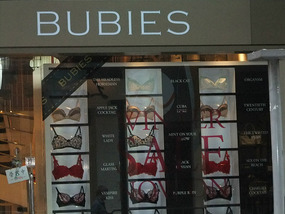
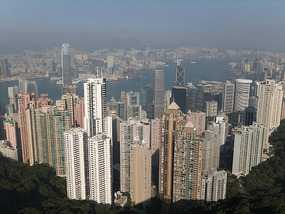
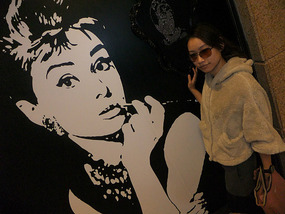
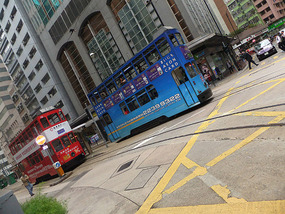
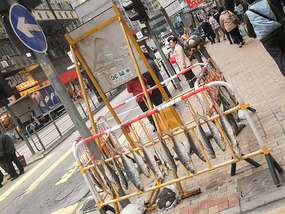
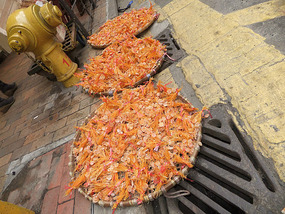
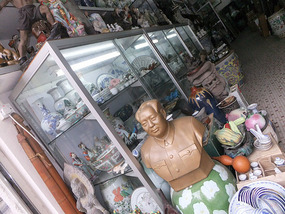
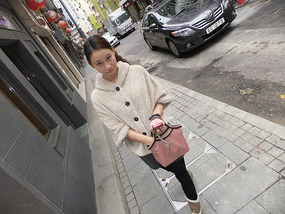
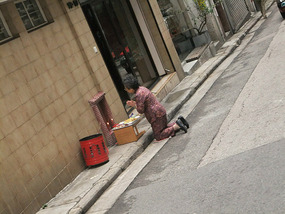
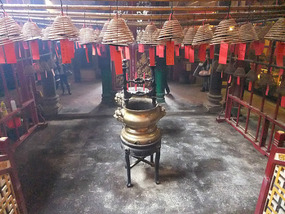
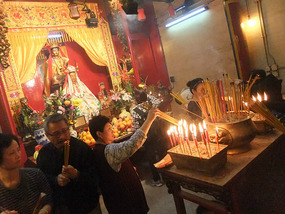
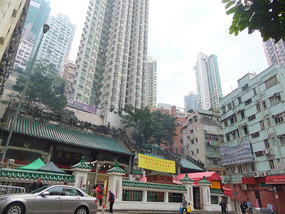
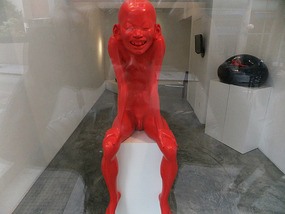

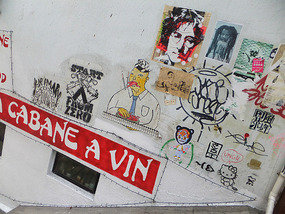
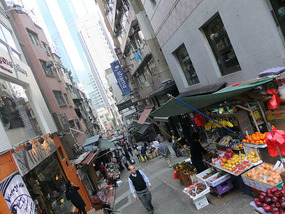
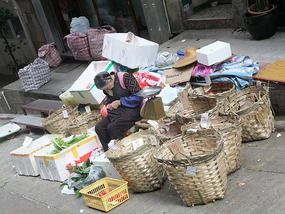
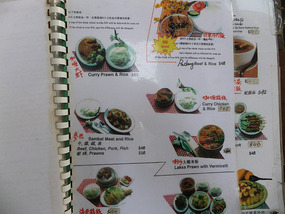
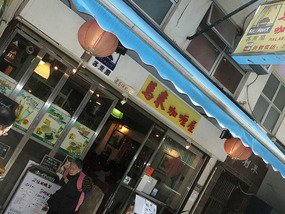
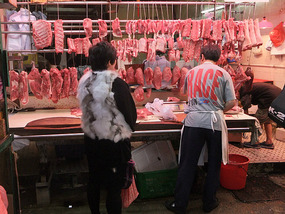
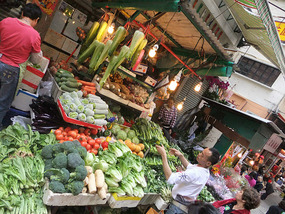
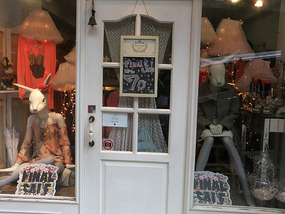
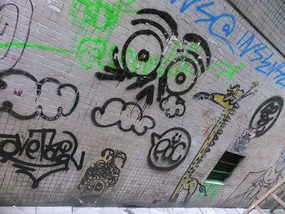
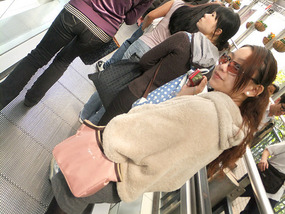
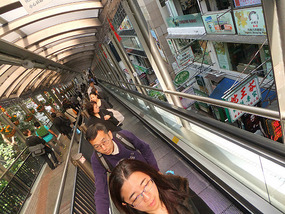
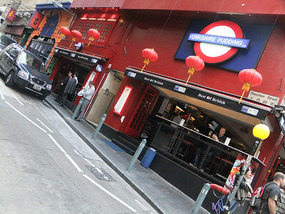
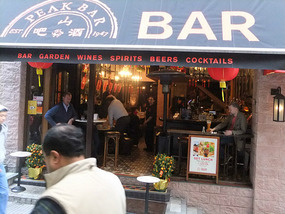
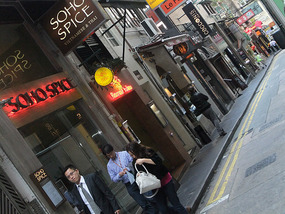
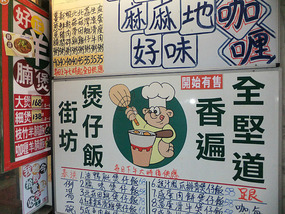
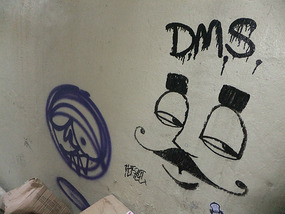
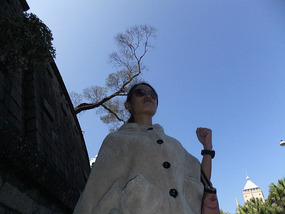

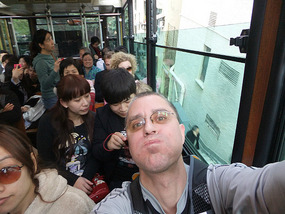
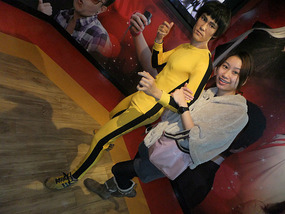
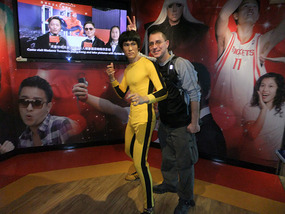
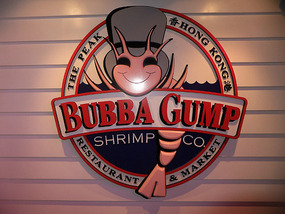
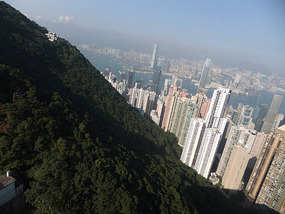
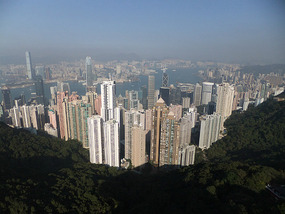
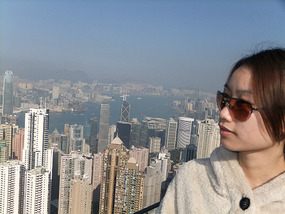
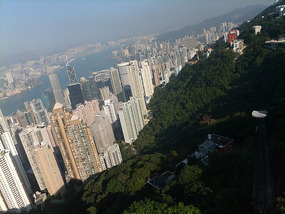
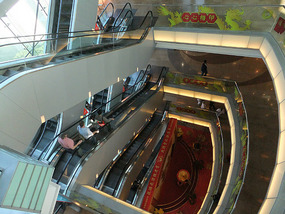
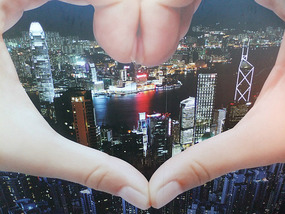
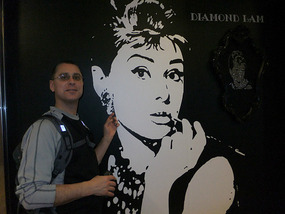
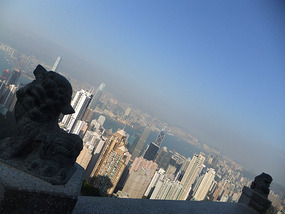

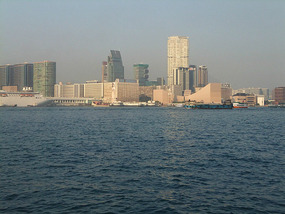
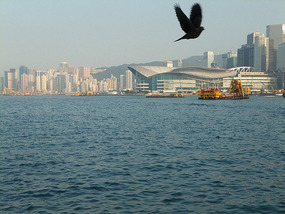
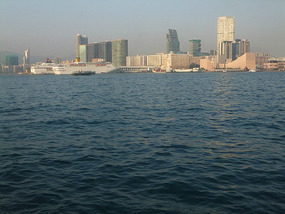
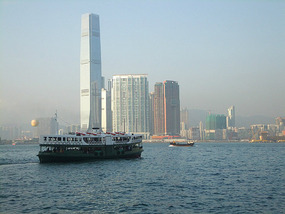
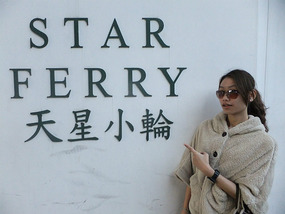
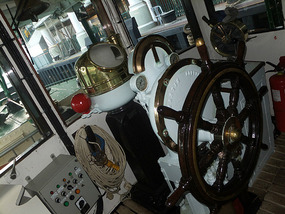
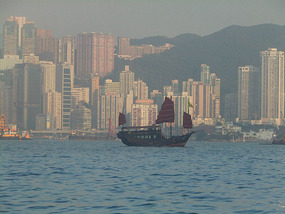
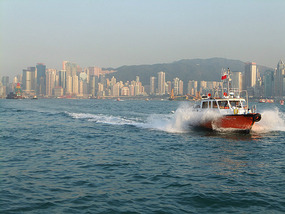
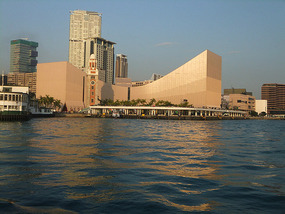
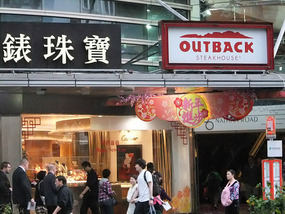
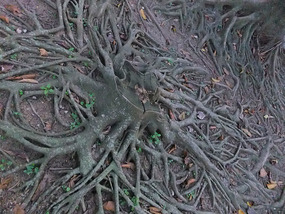
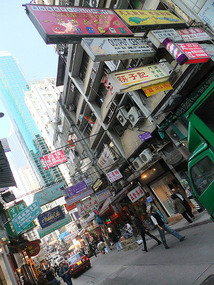
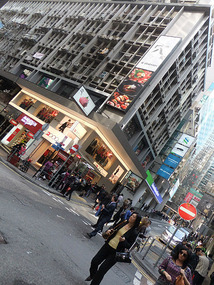
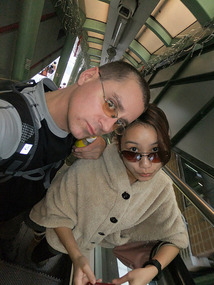


2025-05-22